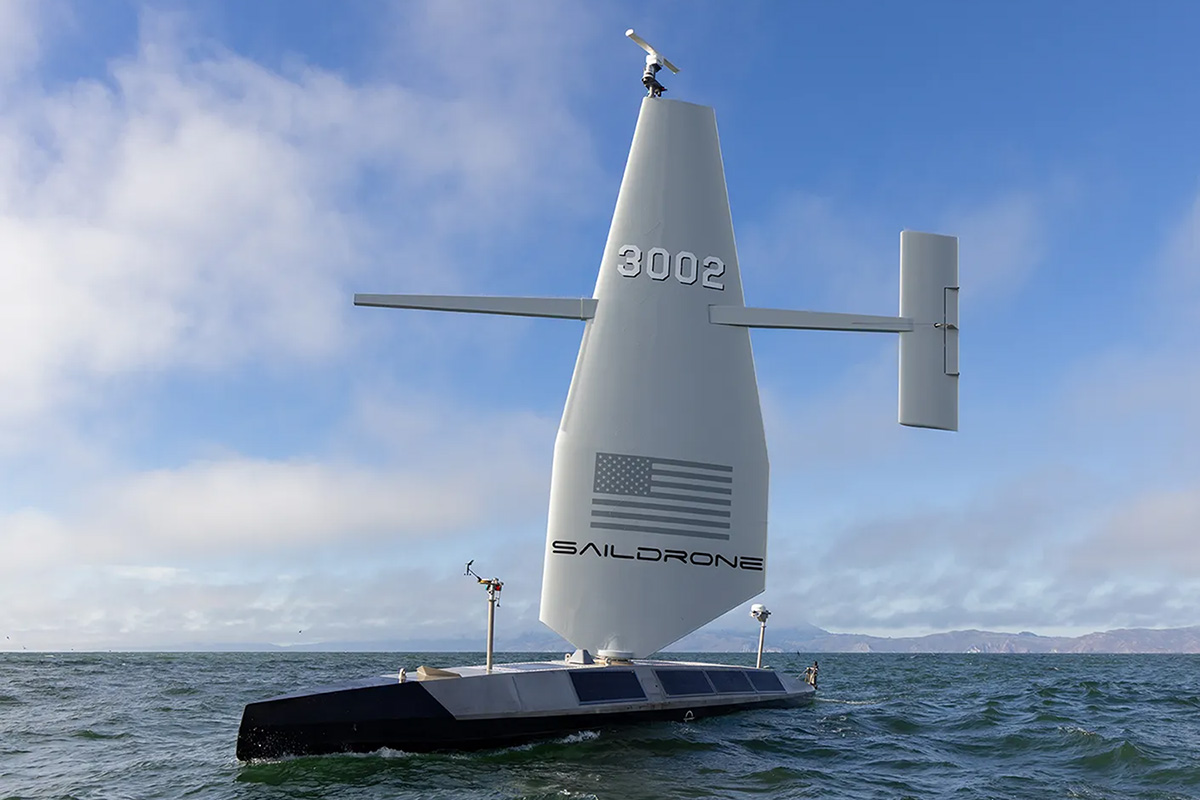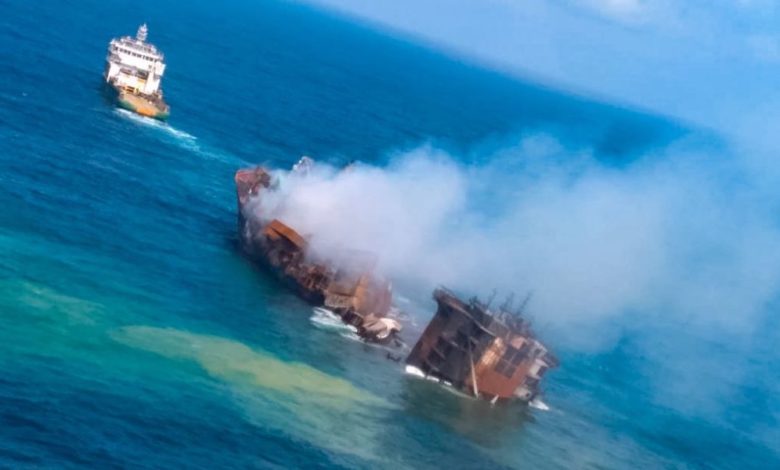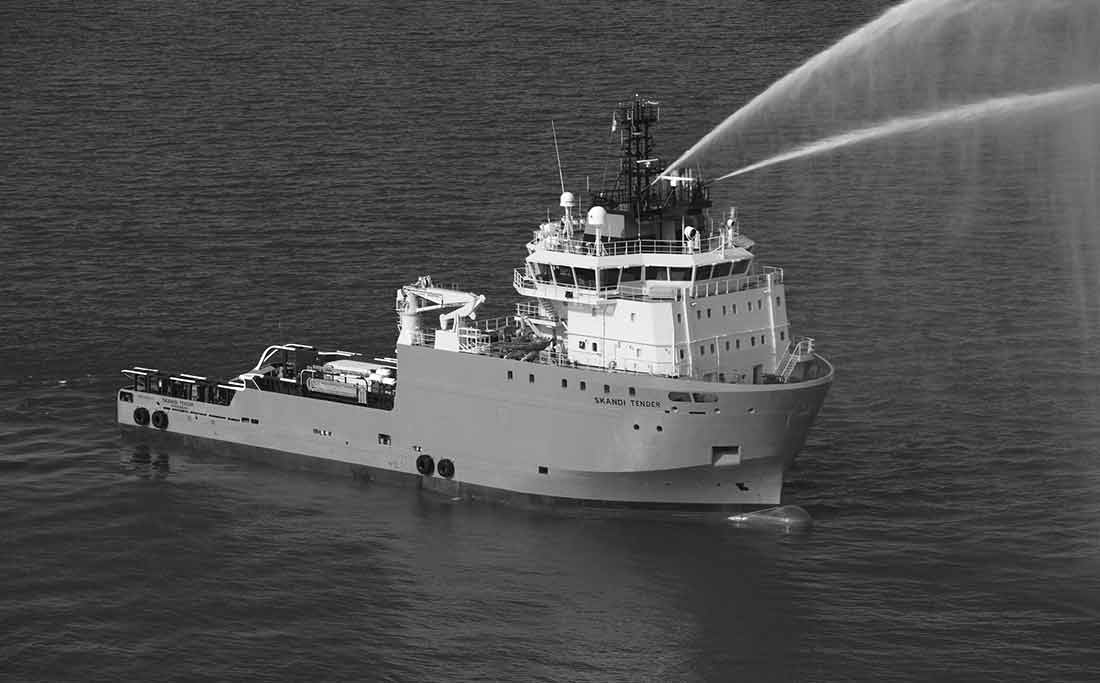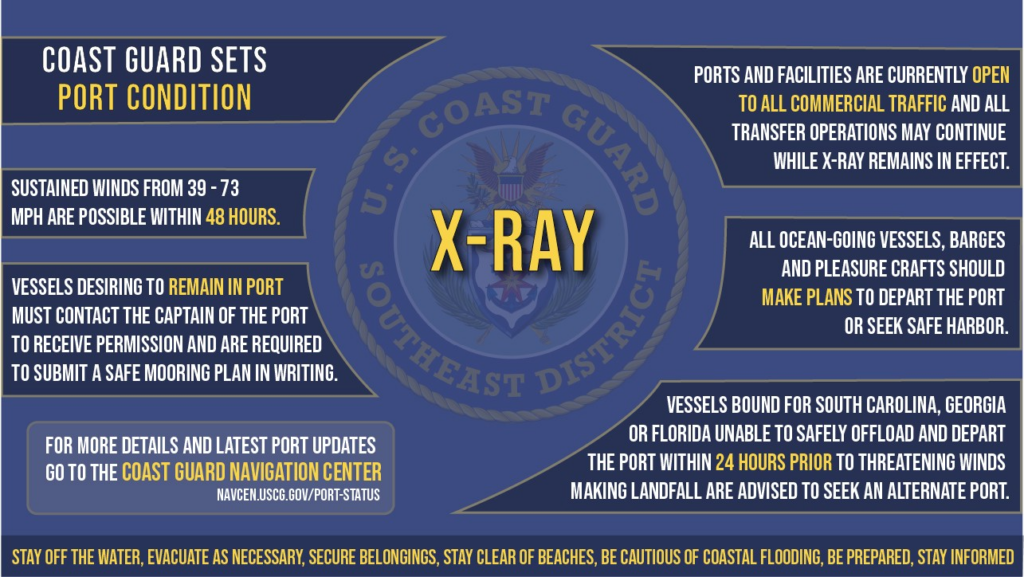Ajot: Saildrone sea drones expand from ocean research to naval surveillance
Saildrone, based in Alameda, California, has been building unmanned diesel and sail powered drones that perform weather, seabed and maritime target surveillance since 2012.
In an interview with AJOT, Saildrone President and retired US Navy Vice Admiral John Mustin said that the capabilities of the Saildrone vessels are getting more sophisticated every year, and he predicts a major increase in the number of sea drones in the near future.The reason for this coincides with the growing demand for surveillance and interdiction that is being generated by the Trump Administration and has focused on the US Navy’s 4th Fleet, whose areas of responsibility include the Caribbean, Central and South America.
Mustin said that the development of the Saildrone originally began with exploration of the oceans and gravitated towards weather forecasting, especially in hurricane surveillance, and coastal mapping that included coastal resilience surveys along the West Coast of Florida.
Today, the company is focusing more on defense related applications and deep-water exploration that can facilitate sea-mining: “That work is really in two different domains. One is maritime defense, and one is ocean survey. So, the maritime defense work includes long duration persistent … intelligence surveillance reconnaissance, ISR (and) MDA (which) is maritime domain awareness… The second vertical for us is ocean survey …that allows us to provide things with hydrographic sensors that allow us to provide bottom contour mapping and survey work for things like exclusive economic zones but also to have both dual use functions (which) are commercial functions, but also military functions. You can imagine that our ability to provide highly detailed, high granularity, bottom contour mappings is also interesting to our Navy and our Coast Guard.”
US Navy’s Fourth Fleet
On January 25th, US Naval Forces Southern Command/US 4th Fleet announced it is advancing the Navy’s Hybrid Fleet Campaign through Operation Southern Spear:
“Southern Spear will operationalize a heterogeneous mix of Robotic and Autonomous Systems (RAS) to support the detection and monitoring of illicit trafficking while learning lessons for other theaters,” said Cmdr. Foster Edwards, 4th Fleet’s Hybrid Fleet Director. “Southern Spear will continue our (4th Fleet’s) move away from short-duration experimentation into long-duration operations that will help develop critical techniques and procedures in integrating RAS into the maritime environment.”
“Operation Southern Spear is the next step in our Hybrid Fleet Campaign,” said Rear Adm. Carlos Sardiello, Commander, U.S. Naval Forces Southern Command/U.S. Fourth Fleet. “We look forward to the results of Southern Spear. Hybrid Fleet operations increase our collaboration with partners in the region while furthering the Navy’s tactics, techniques, procedures, and processes.”
Danish Navy
The Danish Navy has been deploying four Saildrones, un-crewed robotic sailboats, put into service by Denmark’s armed forces for a three-month operational trial. The vessels will patrol Danish and NATO waters in the Baltic and North Seas, where maritime tensions and suspected sabotage have escalated sharply since Russia’s full-scale invasion of Ukraine on Feb. 24th, 2022.
Mustin said that similar surveillance deployments by Saildrones could be deployed in the Taiwan Strait in defense of Taiwan and in the South China Sea around Second Thomas Shoal, which has been the location of adversarial engagements between China and the Philippines.
Saildrone History
Mustin traced the company history back to 2012 when its focus was on ocean exploration: “Saildrone was founded in 2012, so we’ve got about 13 years’ worth of production runtime …executing missions around the world. Our beginnings … started with ocean exploration and science … it was really the burning desire to know more about the environment, particularly the maritime domain … Great partners like NOAA (National Oceanic and Atmospheric Administration) … helped us grow at the same time where we began to iterate on the kinds of services that we could provide. Our early prototypes look very different than the vehicles we have on the water today, but that’s really been a reflection of the demands of our customer base …What we’ve seen is … the asks have gotten more complex, which have resulted in … larger and more complex sensor payloads, which have driven the growth of the platforms themselves …The earliest vehicle called the Saildrone Explorer could go out for a year …and that vehicle was a hundred percent solar and wind power. So solar powering really kept all of the equipment powered up, and we used wind for maneuverability. And … that allowed us great autonomy.”
The result of growth is bigger drones: “The evolution of our voyage has resulted now in a larger vehicle we call the Saildrone Voyager, which is a 10-meter vessel, and even a larger one called the Saildrone Surveyor, which is a 20 meter. And you know, 20 meters is a pretty large vessel, but that allows us to carry much more sophisticated equipment larger equipment, and frankly, to perform a larger variety of missions. Some of our early work driving drones into hurricanes, for instance, to capture not just environmental data and ocean data, but also to provide video of the experience inside and to circumnavigate the Arctic, and then to conduct missions all the way down to the Southern Ocean. Those are our great milestones in our history.”
Mustin says Saildrone “also wants to tackle one of the great unknowns of this Earth, which is the ocean is largely unexplored …Our Surveyor, the 20 meter vehicle, has the capability to see down to 11,000 meters, which allows us to look at places like the Mid-Atlantic Ridge … that’s a, a pretty unique capability when you couple that with long duration on station time, we can really do an awful lot.”
Robust Design
Mustin said the ability of Saildrone vessels to withstand high waves and stormy seas is due to “what’s known as a wave piercing design. So, the hull form is pretty robust … we have sent our vehicles into the most rugged maritime environments on the planet. And that has allowed us to make the adjustments … So, you know, we operate in accordance with some pretty high standards for NATO clients, the US Navy, the US Coast Guard, for instance. And we take great pride in pushing the envelope. We intentionally drove our vehicles into the eye of a hurricane … We learned a lot in doing that. And frankly, what we learned was our vessels stand up to high wind and high seas. So, we’ve had the benefit of some phenomenal engineering and architecture savants working on our designs.”
The sail on the Saildrone reduces energy consumption: “Our vehicles have the autonomy to maneuver as necessary to achieve movement along their routes. And so, the sail provides a very important component of powered movement., while we have an engine, our preference is to use the sail as much as possible, which decreases the load on the engine, which ultimately is what drives our extreme endurance. If you compare us to a power boat, whether or not it’s crewed, what we find is if you’re using an engine all the time based on your experience in the industry, you know, something’s gonna break … So, what we found … our wing gives us between 20 and 25% of an efficiency boost on the use of our engines and frankly allows us to turn the engines off often.”
The Surveyor displaces 15 tons and Voyager about six tons and operate in three and two meters of depth respectively “which also makes it very easy for us to maneuver in and out of port. So, our vessels are all commercial vehicles. we don’t need to operate at a Navy base or a Coast Guard base … We can launch and recover from any recreational facility like a marina if we want to.”
The command center for Saildrone is “at our headquarters in Alameda. … But the reality is our data is received by our customers in their operation centers so that they have the feeds and we integrate with them to ensure that … our data integrates into whatever other sensor packages they may have working… I kind of refer to it as a single pane of glass.”
Related Posts




